|
The current Administration is re-writing the regulations regarding waters of the U,S. This will mean tighter restrictions on wetland and shoreline development. Please don't hesitate to contact us for consultation on what this will mean to you and your property.
0 Comments
The Oregon legislature just passed a new law. Not only asking for updated wildfire ecology mapping, but requiring homeowners in fire ecology areas to create and maintain defensible space. This is smart. Enormous amounts of taxpaying dollars go into protecting property during wildfire season. If homeowners, who chose to live in wildfire ecology areas are working to protect their homes and property, this may not only reduce wildfire spreading because of fuel consumption, but also save wildfire fighter lives. Contact us for help in creating defensible space.
The Red Apple Fire near Monitor, Washington, is a great example why defensible space is so important. Even simple things like mowing native grasses and clearing brush can help reduce fire fuel loads. Please contact us for a free consultation on how to create defensible space.
The Pacific Northwest has been experiencing unprecedented heat. For those who own property in wildfire ecology areas (which is about all of Washington State these days) it is time to think about creating defensible spaces around all your structures. We can help with that. A free consultation on ideas to protect your home, bard, other structures and then we draw up a plan, find the crew to execute it, and work with you to ensure your structures will thrive even during the threat of wildfire. Contact us.
In our graduate school days we wrote about communities built around working forests. A bazillion years later, looks like it is beginning to happen! www.wenatcheeworld.com/business/new-grant-program-conserves-community-forests/article_18bfb394-d348-11ea-bd18-735bd1ad07f3.html
Not is the time to think about defensible space. We need to all stay safe.
Never in our lifetimes did we think we would see such a rapid change in our daily lives. Even after September 11, 2001, we were able to hug each other, eat out, play basketball, grieve and worry as a community. Now, we shelter in place and avoid contact in order to stem the viral transmission of a fairly lethal virus. But like nature recovering from a natural "event," we too will grow even more resilient, stronger, and have a greater capacity to be a community. Right now, in our opinion, it is important to care give for yourself, your family, your friends. But if you can, look forward. Think about what we want this world to look like when we all open our doors and windows to see each other. And also, don't forget that while this virus seems scary and horrible, we also still need to worry about other natural events like wildfire. Spend this time thinking about defensible space around your homes, water access, and prepare. Last, don't forget to spend time outside. Nature is healing, curative, a balm in this time of high stress and anxiety.
If you want to see how this will impact you, please reach out.
Very interesting take on the impacts of climate change and how communities need to be thinking about climate change impacts and the valuation of real property assets for residents of the community: www.nytimes.com/2019/10/17/climate/federal-reserve-climate-financial-risk.html?searchResultPosition=4
Recent research by the US Forest Service confirms much of what forest ecologist have been saying for over two decades. In the West, prior to fire suppression efforts in the early 20th Century, wildfires were common. However, these were "low intensity" fires, usually "cleaning out" brush and downed woody debris. Environmental historian Nancy Langston in her book Forest Dreams, Forest Nightmares: The Paradox of Old Growth in the Inland West, wrote eloquently about how early European settlers arriving in southeast Washington and the Oregon Willowas, saw park-like stands of Ponderosa pine, where you could distinctly see through the forest because tree density was not as intense as it is nowadays.
While we all love Smokey Bear (I have a lot of Smokey Bear memorabilia in my office), the science around fire suppression was, well, wrong. Adding to fire suppression, silviculturalists who understood the role of fire in regenerating stands of Douglas fir, attempted to mimic fire by clear-cutting stands hoping to enhance the natural regeneration and planting. All of these methods have led to the fuel that burns. Enhanced by even minute shifts in climate over time, and where there is fuel, there will be fire as long as there are sparks. An even greater issue is the human dimension of this issue, which is the zoning codes that permit, or even encourage, development in wildfire prone areas. It has reached a point where, in some areas, almost all human development is in a fire prone area (who would have thought, 15 years ago, that the California wine country in Napa and Sonoma counties could be a wildfire prone area?). Human development puts our wildfire fighters at enormous risk defending homes, businesses, and whole communities, when perhaps, the best ecological thing we can do is to let the fire burn. So what do we do? One thing is to continue supporting government led studies to understand wildfires. A second thing is if your home is in a wildfire area, make sure you have had a defensible space assessment done and follow the recommendations. Essentially insulating your structures from the fire path, limbing trees near the structure, creating a break between any grass and the structure, and even placement of the structure if you are just beginning to build. Now is the time to think about defensible space. Give us a call, we can help. |
AuthorKim often has a lot to say. Archives
August 2021
Categories |
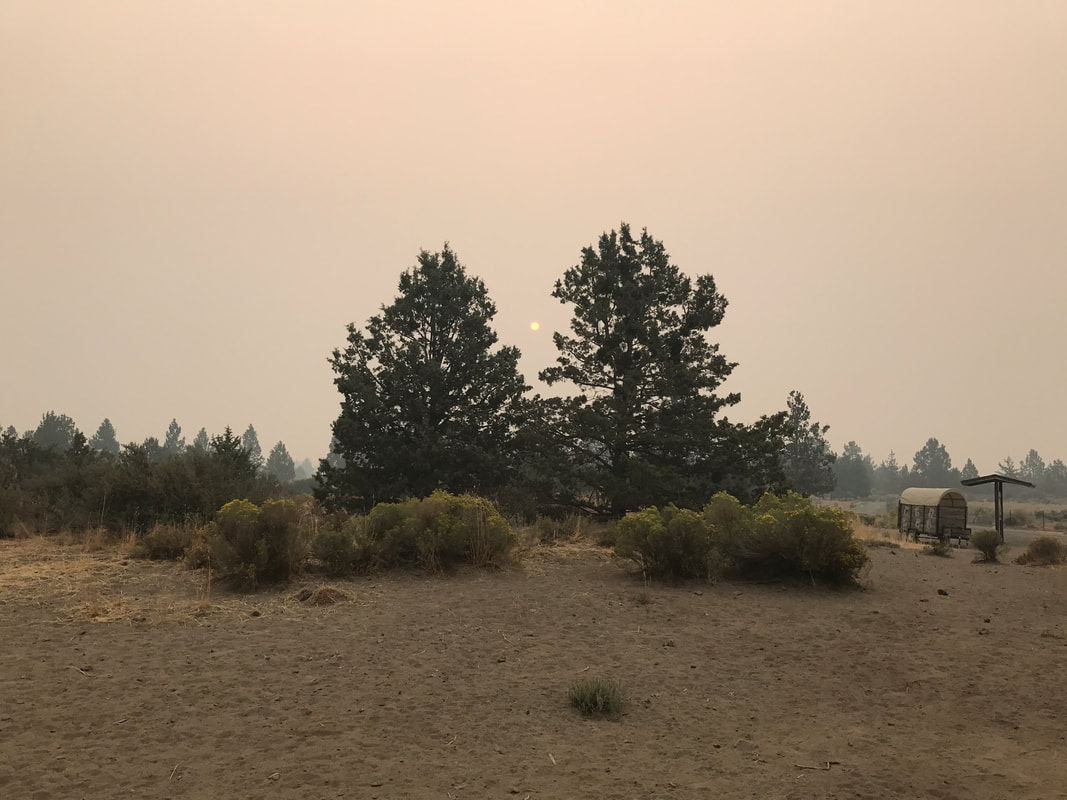
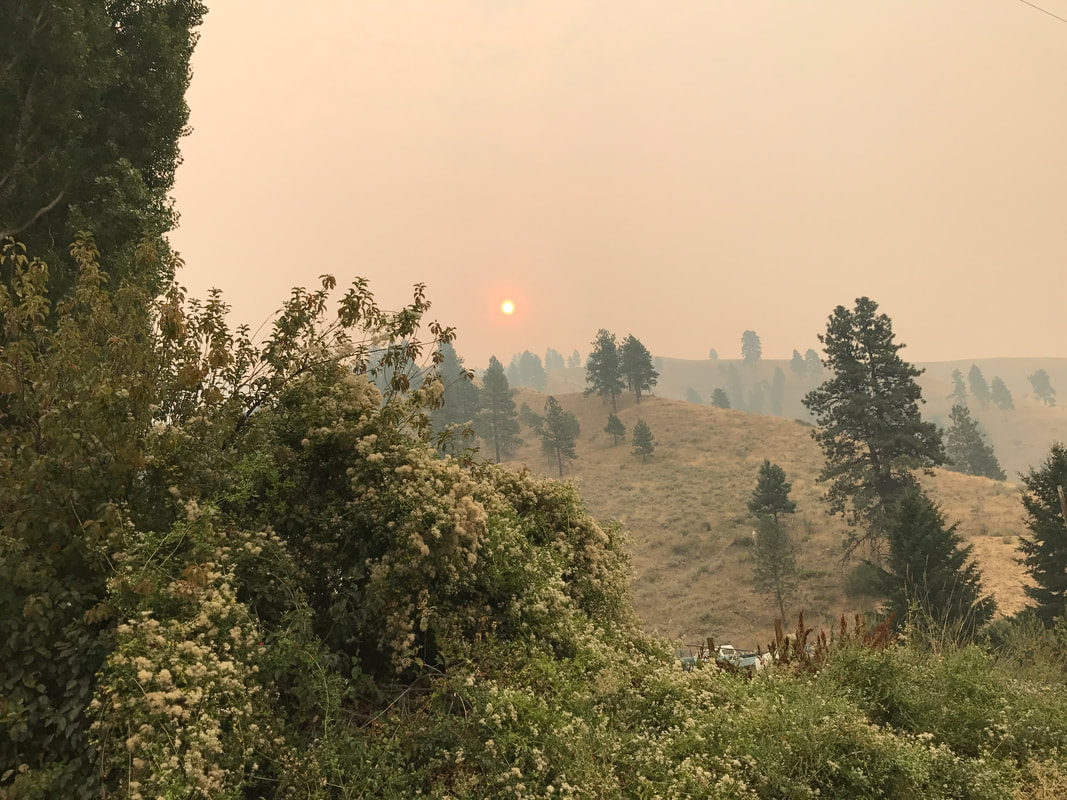
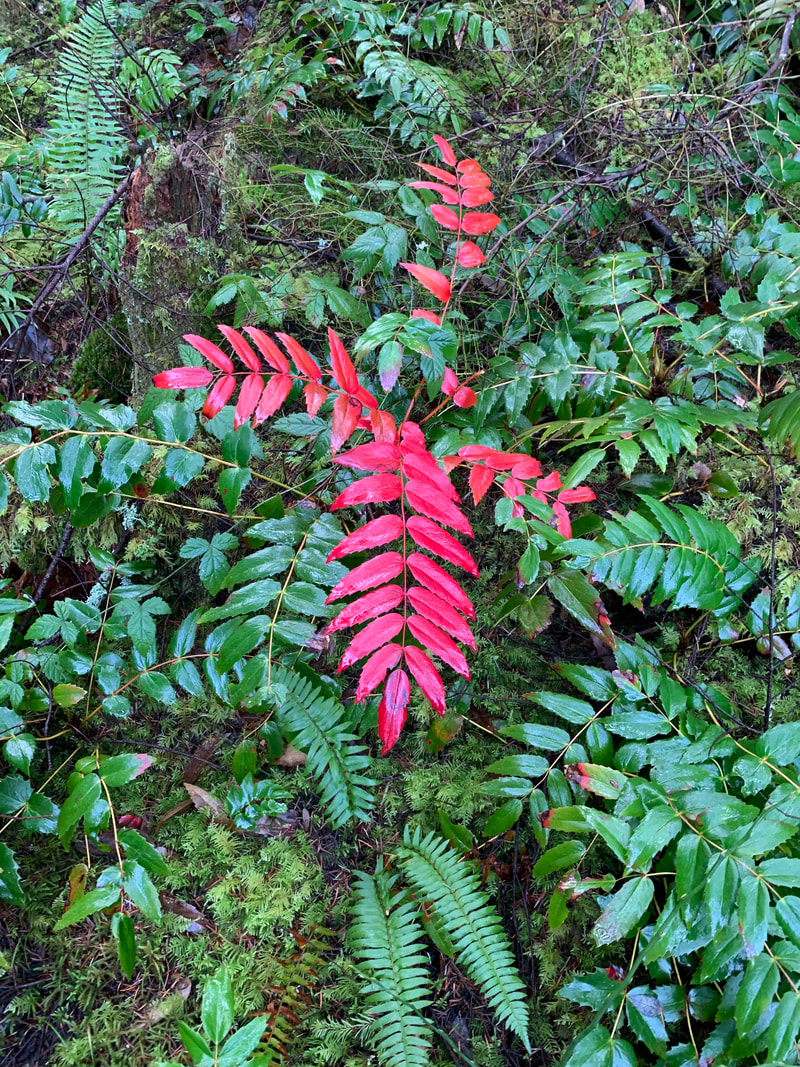
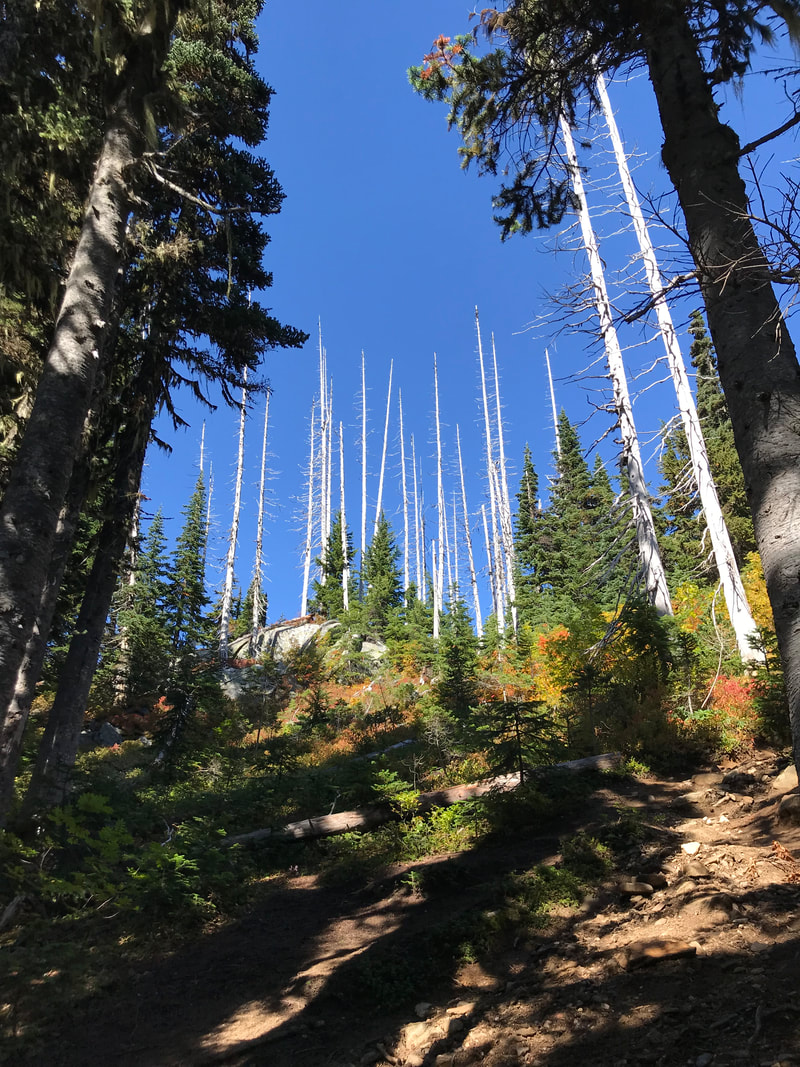
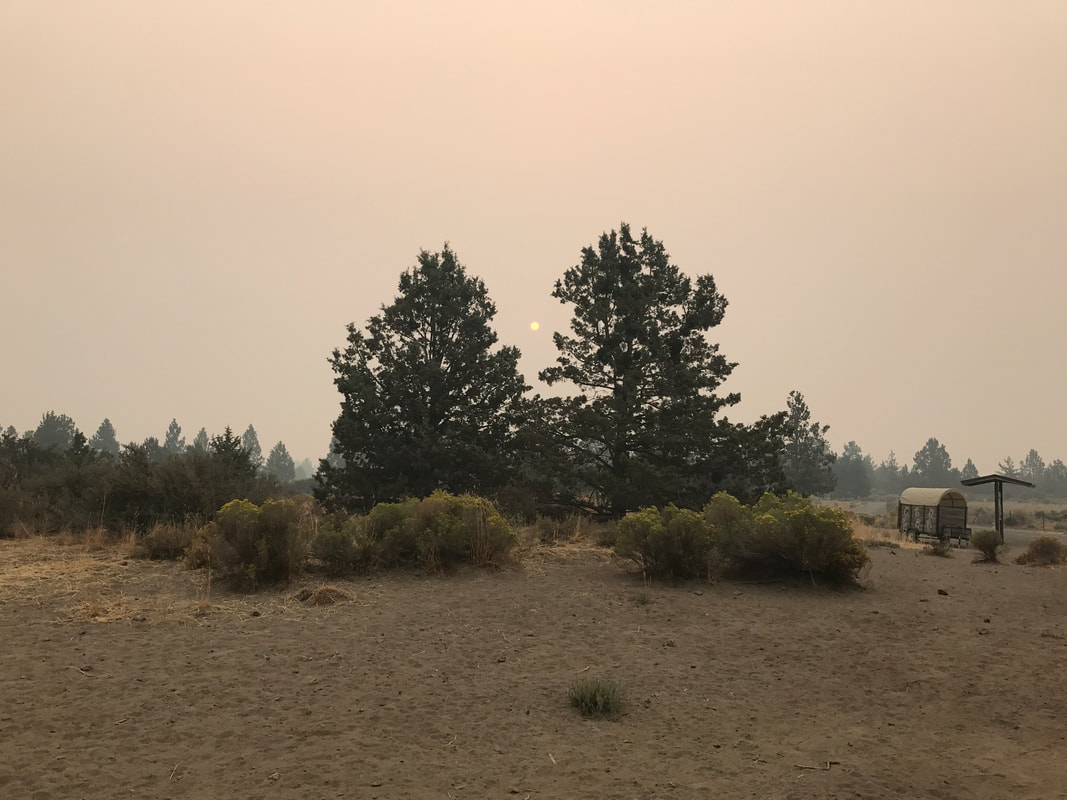
 RSS Feed
RSS Feed